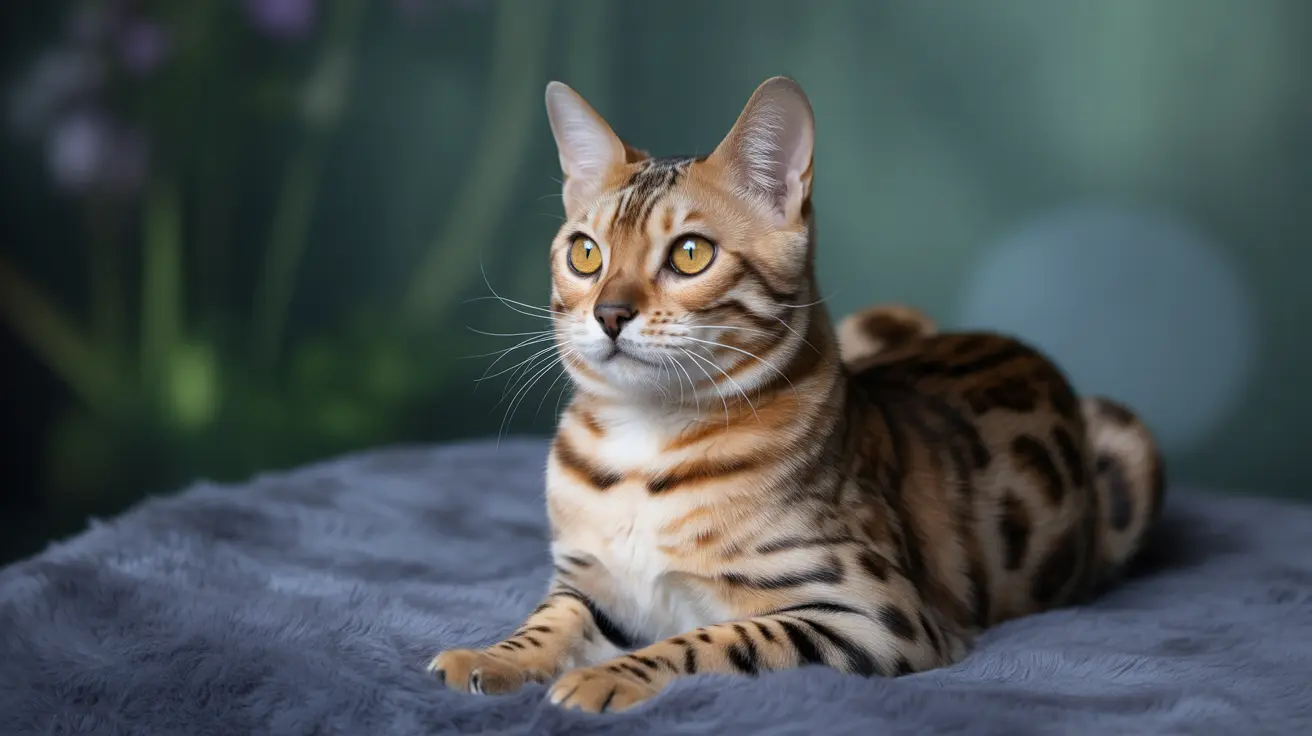Have you ever wondered why your cat's eyes look so different from your own? The distinctive vertical slit pupils of cats are not just a striking feature - they're a masterpiece of evolutionary engineering that helps these graceful predators survive and thrive in various light conditions.
These unique eye structures serve multiple crucial functions, from enhancing hunting abilities to protecting sensitive feline vision. Let's explore the fascinating reasons behind cats' slitted pupils and discover how this remarkable adaptation benefits our feline friends.
The Remarkable Range of Cat Pupil Adjustment
One of the most impressive features of cats' slitted pupils is their extraordinary ability to adjust to different light conditions. While human pupils can only achieve a 15-fold change in size, cat pupils can expand or contract up to 300 times their smallest size. This remarkable range allows cats to function effectively in both bright daylight and near-darkness.
The vertical orientation of these slits provides precise control over the amount of light entering the eye, protecting sensitive retinal tissues while maintaining optimal vision in any environment.
Evolutionary Advantages for Hunting Success
Cats' vertical slit pupils are perfectly designed for their role as ambush predators. This specialized eye structure helps them calculate distances with incredible accuracy, especially crucial when pouncing on prey. The vertical shape provides enhanced depth perception in the forward direction while maintaining awareness of movement in their peripheral vision.
The design is particularly beneficial for small predators hunting close to the ground, explaining why domestic cats and other small felines share this feature while larger big cats like lions have round pupils instead.
The Role of Light Management in Feline Vision
Working in conjunction with the tapetum lucidum - a reflective layer behind the retina - slitted pupils give cats their legendary night vision capabilities. In low light conditions, the pupils can open extremely wide, allowing maximum light capture. When it's bright, they can narrow to tiny slits, preventing retinal damage while maintaining visual acuity.
Pupil Shape as an Emotional Indicator
Beyond their practical hunting and vision benefits, cat pupils serve as windows to their emotional state. Wide, dilated pupils often indicate excitement, fear, or intense focus, while narrow slits typically suggest a calm, relaxed state. This pupillary response provides valuable insights into a cat's mood and level of arousal.
Scientific Understanding of Slit Pupil Evolution
Research examining over 200 terrestrial species has revealed that vertical slit pupils are most common in animals with shoulder heights under 42 centimeters (16.5 inches) who employ ambush hunting strategies. This correlation suggests that the evolution of slit pupils was driven by specific environmental and hunting demands.
Frequently Asked Questions
Why do domestic cats have vertical slit pupils instead of round ones like big cats?
Domestic cats have vertical slit pupils because they're smaller ambush predators who hunt close to the ground. This pupil shape helps them judge distances accurately and manage light effectively. Larger cats like lions, who hunt differently, have evolved round pupils better suited to their hunting style.
How do vertical slit pupils help cats see better in both bright and low light conditions?
Vertical slit pupils can adjust their size dramatically (up to 300 times), allowing cats to precisely control how much light enters their eyes. This enables them to see clearly in bright daylight by contracting to tiny slits and in near-darkness by expanding to full circles.
What advantages do slit pupils give cats when hunting prey?
Slit pupils provide enhanced depth perception and distance calculation abilities, crucial for accurate pouncing. They also allow cats to maintain sharp focus on prey while remaining aware of their surroundings, making them more effective hunters.
How do cat pupils change with their emotions or mood?
Cat pupils dilate (become larger) when they're excited, scared, or in hunting mode, and constrict (become narrower) when they're relaxed or content. These changes can help owners understand their cat's emotional state.
Why do smaller predators like cats have slit pupils while larger predators have round pupils?
The difference relates to hunting style and height from the ground. Smaller predators who ambush prey from close to the ground benefit more from vertical slit pupils, while larger predators who actively chase prey typically have round pupils better suited to their hunting techniques.
Understanding the complexity and purpose of cats' slitted pupils helps us appreciate these remarkable animals even more. This evolutionary adaptation showcases nature's incredible ability to develop specialized features that perfectly suit an animal's lifestyle and survival needs.






